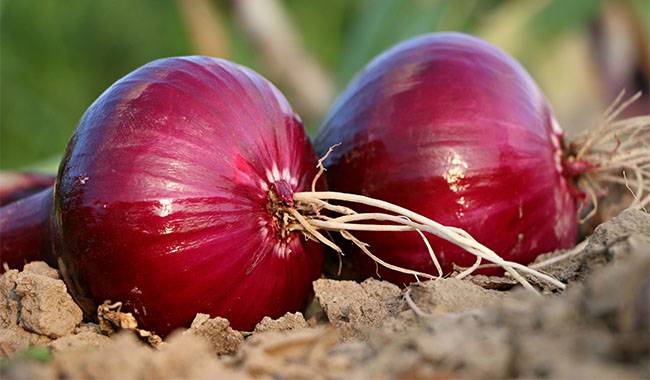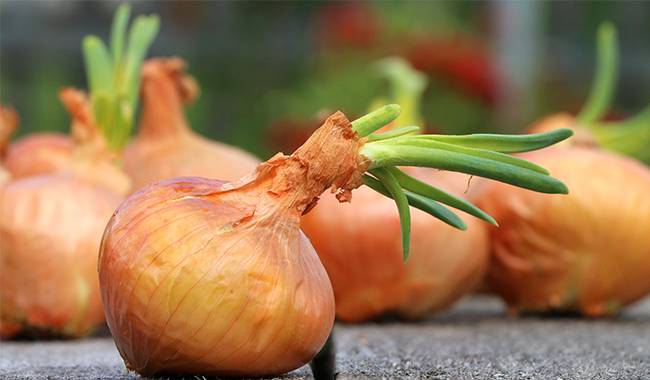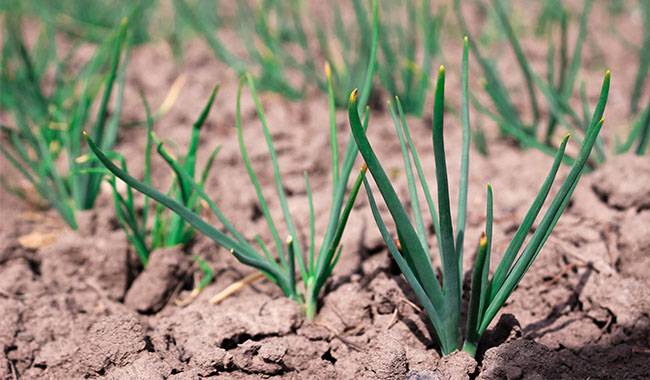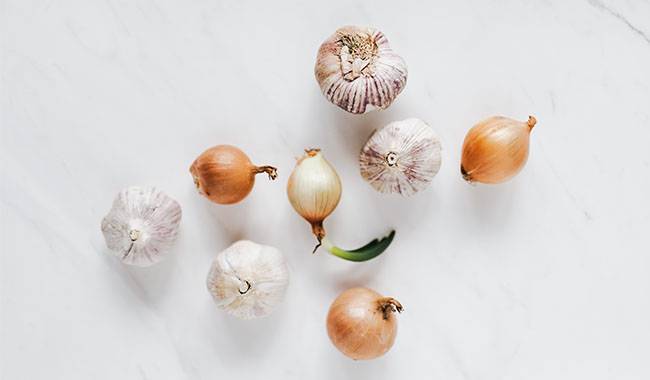
Onions can even confuse experienced gardeners of when to harvest them? When to put them in storage? The fact is that vegetation periods differ from each other and it is often impossible to rely on the previous year. You can seriously miscalculate.
Should we do everything according to a predetermined plan? Today we are going to figure out how to properly prepare onions for harvesting.
Of course, in this material we will cover the time of onion ripening, digging, drying, etc.
THE BEST TIME TO HARVEST ONIONS
Now, about ripeness. With onions, you can tell if they are ripe by the discoloration of the quilt – it will usually turn yellow. Of course, mature onions can be identified by the start of wilting of the onion neck.
This is a natural biological process – the wilted leaves give up nutrients to the bulb, the covering scales of the head change color, and they take on the typical color of the variety.
In most cases, onions ripen not “here and there” at once, but quite simultaneously. This means that about 65-75% to 85% of the leaves fall off at once, which is a cue to start harvesting.
Typically, onions begin to be harvested on a large scale from the third decade of July through the first month of fall.
However, it is important to consider the climate in the area where you live; the current weather outside; the initial characteristics of the onion planting on the plot; the soil structure of the plot, and of course, the various characteristics.
For example, if you grow winter onions, you will naturally want to harvest them earlier than someone who grows spring onions.
Consider the fact that if there is a long period of really high temperatures, onion maturity will come earlier, and then you can safely start harvesting onions ten days earlier than the specified date.
In northern regions, where the weather is colder, onion harvesting there starts close to mid-August, and in years characterized by coolness and excessive humidity – even in early September.
But even in these harsh Siberian regions, if August is hot, you shouldn’t delay harvesting because it gets cold then, and waiting for good weather can be very difficult.
By the way, some gardeners like to measure everything by numbers, and they believe that the time between planting onions in the ground in spring and digging them up varies in a narrow range, about 75-90 days.
So you can add the smart mathematician’s numbers to the time it takes for the feathers to die, and if they agree with what the eye can see, it’s harvest time.
By the way, another interesting peculiarity is the lunar calendar, which seems to be not a very serious thing, but the experience of so many generations and civilizations.
Onions can last longer if you follow its advice strictly and remove them when it is written on the lunar calendar.
But it is still necessary to act wisely: for example, if it is raining heavily outside and the lunar calendar shows that it is the ideal day for harvesting, it is obviously not worth doing so.
THE IMPORTANCE OF HARVESTING ONIONS IN A TIMELY MANNER
It is important to remove all crops from the garden in time, and onions are no exception, but in this case, in addition to violating some taste qualities (the onions will become sweeter or more bitter), it is important to consider the storage time of the onions: if you rush the harvest, or on the contrary, delay it, the onions will be stored badly and rot.
Why does this happen? It turns out that if the bulbs are removed from the ground before the proper period, the onion mulch scales located on the surface of each bulb will not be fully formed and will not protect the heads from rotting bacteria during storage.
In addition, the necks of onions pulled out of the ground early are usually not completely dry, but thick and juicy. If this is the case, it is very unlikely that they will last at least a few months after storing the onions.
If you don’t have a chance to wait (you live far enough away from Dasha to come next year) and the onion is not yet ripe, you can take it out, and so it is, but at that point, it needs to be used as soon as possible for consumption or as part of various preparations.
We’ve talked about what happens if you pull the onion out of the ground early, but trust me – nothing particularly good will happen if you pull the onion out of the ground much later than the optimal time.
The interesting thing is that even if the onion does die, when only the bulb is still alive and still in the ground waiting to be dug up, it starts growing again, forming small sucking roots so that the radish itself becomes overripe and the scales covering it start to burst, all ending with the bulb rotting directly in the ground or in the warehouse.
HOW TO SPEED UP THE RIPENING OF ONIONS?
There are different situations in life, sometimes because of bad weather, sometimes because of mechanical or health problems, when you need to activate the growth process aimed at accelerating the ripening of onions.
There are many techniques to accelerate the ripening of onions. The first method, the most common one, is as follows.
We take the top of the onion and gently pull as if to pull the bulb out of the soil, sometimes the head, indeed, is exposed from the soil, but further pulling is not possible.
The essence of this method is that we trivially cut the sucking roots of the bulb and it will begin to actively suck the leaf mass. This procedure should be used with caution in sandy and overly heavy soils.
On sandy soil, you can pull the bulb out of the ground, and on heavy soil, you can tear the leaves off.
The second method is gentler and less time-consuming – you just have to stop wetting the soil a few weeks before harvest.
The third method is laborious; you need to carefully dig out each bulb to expose its upper part, and then the onion heads will open up, the covering scales will form more quickly, and the onions will begin to ripen more aggressively and will soon be ready for harvest.
By the way, when using the third method it is important not to water the plants, and if it starts to rain you should immediately cover the whole plantation with a film. Bare heads will begin to rot if they get water on them.
Well, a tip for fools who try to speed up onion ripening by cutting off the feathers. This is foolish, to say the least – all the nutrients that can eventually get to the bulb are cut off from you.
Generally speaking, onions dry best at temperatures between 75-89°F (24-32°C) above zero, which is fine if this temperature is not created indoors with the proper equipment, but rather in the natural light of the sun.
Only in an open area or under a canopy, for example, can you ensure the right temperature and airflow to be able to dry each bulb individually.
About once a day, you will need to change the position of the bulbs and so on for 12-14 days.
If you want the onions to dry as perfectly as possible, you should make something like a hammock and lay the onions on it, but be sure to lay them in layers as well.
By the way, under no circumstances should you cut the feathers! This is very important. Use them only to dry onions.
PREPARING ONIONS FOR STORAGE
The first thing to realize is that the onions are already really dry. Several factors can indicate this: the neck should be flat and dry.
The outer scales should be dense and completely dry, i.e., rustling in your hands; the density of the bulb itself – a dry bulb should not be soft.
When you realize the bulb is dry, it’s time to trim the leaves. Trim the leaves so that you are left with a short neck of 1inch (3cm) or longer. Check the base of the bulb as well – use a sharp knife to remove any root system on it.
Naturally, if you braid the bulb, there is no question of removing the leaves, but it is still worth pruning, as 5inch (12cm) is plenty long.
Once cut, onions should be thoroughly inspected and any bulbs suspected of rot or just deformed should be set aside. While they should not be thrown away, they should be allowed to be recycled or placed in plain sight.
Onions that are available can be placed in wooden baskets, cardboard boxes, crates, bags, or just hung up, but be sure to keep them in a dry room with no excess moisture.
Conclusion. So, you know the signs of ripening onions, already know how to accelerate its ripening, how to prepare it for storage, and even where to store it.
If you follow all the suggested steps correctly, the crop will surely taste and be stored for a long time to your satisfaction.







